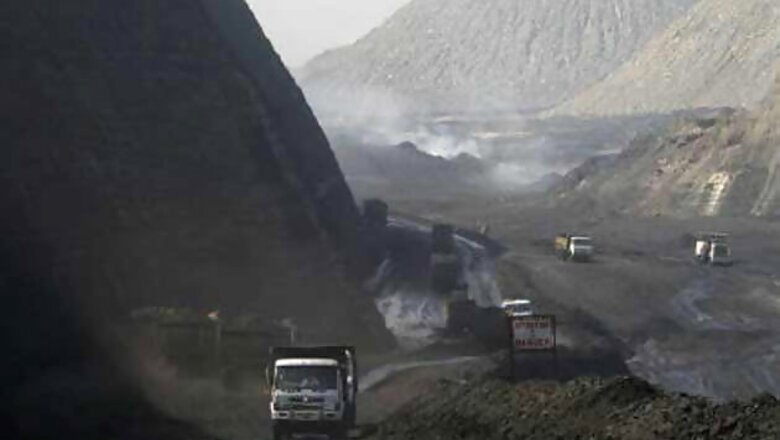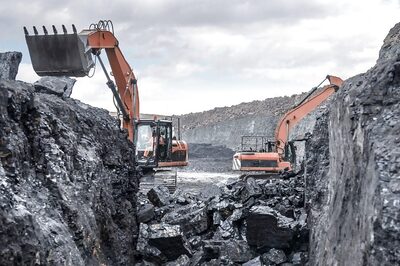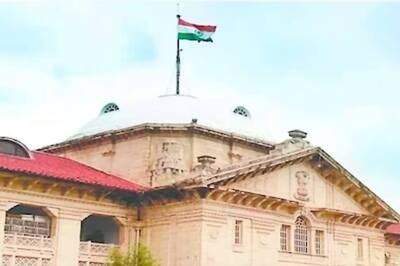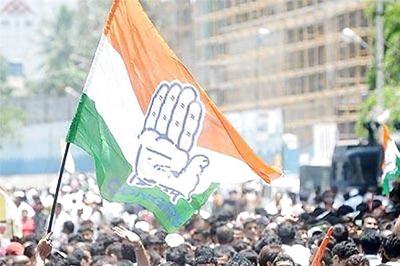
views
As the government initiated the process of auctioning coal blocks, bidders have raised concerns on several issues, including discrepancies in reserves in the biggest of the three mines put up for sale.
Some issues are of serious nature, like whether a consortium can have more than four participating companies or not. Concerns of trivial nature have also come up, like copies to be initialed in blue ink or not.
The Centre in late February had initiated the auction process putting two mines in Jharkhand and one in West Bengal on block, having an estimated 500 million tonnes of reserves, for captive use of steel, cement and sponge iron firms.
The move came after the Centre drew flak for delaying the auction from the Comptroller and Auditor General (CAG). The government auditor had alleged that allotment of 57 mines to private firms without auction resulted in a notional loss of Rs 1.8 lakh crore to the exchequer.
At the pre-bid meeting on April 4, "a number of major issues were raised", an official source said, adding that "there is a discrepancy in the coal reserves and area of the block given in the GR and the FRP of Jhirki ~~amp;amp; Jhirki (West) coal block".
An Inter-Ministerial Committee (IMC) will meet on Thursday and discuss "whether bidders should be allowed to take sample of coal from Central Coalfields Ltd (CCL) to perform the yield analysis of Jhirki coal block."
The Government had said Jhirki ~~amp;amp; Jhirki (West) of East Bokaro Coalfield was having geological reserves of 267.91 MT coking coal for steel (blast furnace) and Tokisud-II of South Karanpura Coalfield with 127.692 MT of reserves for cement plant. The mine in West Bengal, Andal Babuisol of Raniganj Coalfield, has about 103.841 MT of reserves for use in the sponge iron sector.
The source said another issue raised is that that whether consulting firm CMPDI will co-ordinate and assist bidders to visits the mine sites or not.
"Another important thing on the agenda is that bid documents mandate that the permitted EUP (end use plans) shall remain unchanged throughout the life of the mine or not and whether the bidders could be given flexibility to change the proportion of coal consumption for different EUPs of the bidder mentioned at the time of the bidding," he said.
Besides, the IMC in its meeting will also look at "when the coal will be considered surplus. If it is beyond 80 per cent of demand or beyond 100 per cent of demand".




















Comments
0 comment